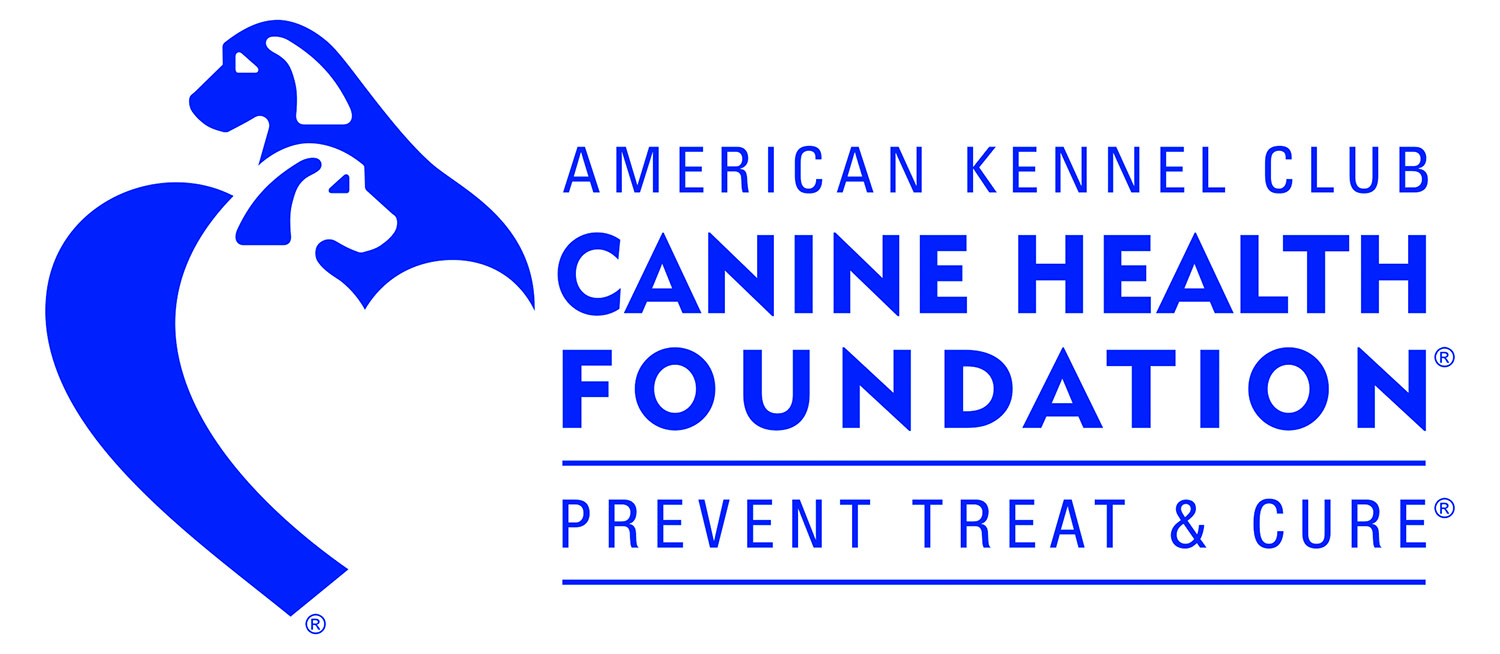< Canine Health Bytes On Demand
A novel non-surgical option to preserve limbs in
canine osteosarcoma

Joanne Tuohy, DVM, PhD, DACVS
Running time: 46 mins followed by 9 mins of Q&A
Osteosarcoma (OS) is the most common bone cancer in dogs. Large and giant breeds such as Irish Wolfhound, Great Dane, Greyhound, Scottish Deerhound, Rottweiler, Boxer, Saint Bernard, and Irish Setter are most affected.
Osteosarcoma is treated with a combination of surgical removal of the primary tumor and chemotherapy for metastatic disease. Surgical removal of the tumor usually involves limb amputation or limb salvage surgery, which can have high complication rates, and not all dogs are suitable for limb amputation. Even after surgical tumor removal and chemotherapy, the cancer often spreads to distant organs and dogs usually die of metastatic disease spread within an average of 12 months after diagnosis. Survival times have not greatly improved over the last 30 years.
Histotripsy is a precision non-thermal focused ultrasound method that mechanically breaks down tissues, can potentially induce immune activation towards an anti-OS immune response, and is an emerging modality for treating multiple cancers including liver and brain cancer. Histotripsy holds exciting potential to be a non-surgical option for treating the primary tumor in OS and also as a therapy that stimulates an anti-tumor immune response. This presentation aims to introduce histotripsy as a potential treatment for canine OS.
Brought to you by

Veterinary Professionals can earn AAVSB RACE, NY State, and NJVMA-approved CE credit on a pay-per-view basis or inclusive of a VetVine Premium Membership.